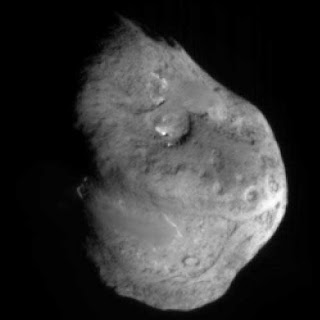In light of the recent anniversary of the loss of the shuttle and Challenger crew, this week we decided to take a look backwards at the path that led to the use of the space shuttles.
Testing of the newest and best fliers began shortly after the end of World War II in the deserts of California. From jets to rockets, the tests were greatly spurred on by the competition against the Soviet Union in the growth of the Cold War.
The possibilities for space flight began to emerge in the late 1940s when Chuck Yeager broke the sound barrier in the fist Bell X-1 rocket. The success of Yeager’s flight brought enthusiasm for the X-series of rocket planes. Among the X-series was the X-15, which broke all altitude records in the early 1960s. The data and experience gathered by its flight made it possible for the flight engineers to realize what was needed to accommodate flight both in outer space and closer within Earth’s atmosphere.
The Cold War continued to motivate the United States to work faster. It was the driving force behind the first lunar walk, made in 1969 by Neil Armstrong and Buzz Aldrin.
The problem with those early spacecrafts, however, was that they could only be used once. They could not be “flown” back to Earth, but rather were guided as much as possible while in space to put them on a trajectory that sent them crashing into the ocean. What was needed was a controllable spacecraft that could withstand the extremes of being in space, and also the stress of takeoff and reentry. Proper lifting mechanisms began testing in the 1960s. The hybrid that was ultimately created optimized “all phases of flight—subsonic, supersonic, and hypersonic, including spacecraft reentry.”
The shuttle program became official in 1969 in the wake of Apollo (not a shuttle). In 1981, the first true space shuttle launched on April 12. STS-1 was the first flight of the space shuttle Columbia.
Through the recent command given for the retirement of the space shuttles (the last flight is scheduled in May), any flights to the international space station must be made on Russian vehicles. There are plans to continue space travel, though. We know the goals for continued flight are in the near decades, but what remains to be seen are the changes that will be made with the advent of the new wave of space travel. Will the new “shuttles” be as alien and revolutionary as their original, the Columbia? Many Americans remember each new milestone, each new test and the feelings of pride in the national space program that they brought. Hopefully that sentiment will be able to continue, no matter what changes are made!
Credit: SPACE.com.

















